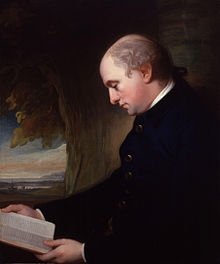The Duke of Richmond | |
|---|---|
 Portrait circa 1777 | |
| Southern Secretary | |
| In office 23 May 1766 – 29 July 1766 | |
| Monarch | George III |
| Prime Minister | The Marquess of Rockingham |
| Preceded by | Henry Conway |
| Succeeded by | The Earl of Shelburne |
| Personal details | |
| Born | 22 February 1735 Westminster, London, England |
| Died | 29 December 1806 (aged 71) Goodwood, Sussex, England |
| Resting place | Chichester Cathedral |
| Spouse | Mary Bruce |
| Parent(s) | Charles Lennox, 2nd Duke of Richmond Sarah Cadogan |
| Awards | Knight of the Garter |
| Military service | |
| Allegiance | Kingdom of Great Britain |
| Branch/service | Royal Army |
| Years of service | 1752–1806 |
| Rank | Field Marshal |
| Commands | 33rd Regiment of Foot 72nd Regiment of Foot Sussex Militia |
| Battles/wars | Seven Years' War |


Field Marshal Charles Lennox, 3rd Duke of Richmond, 3rd Duke of Lennox, 3rd Duke of Aubigny, KG, PC, FRS (22 February 1735 – 29 December 1806), styled Earl of March until 1750, of Goodwood House in Sussex and of Richmond House in London, was a British Army officer and politician. He associated with the Rockingham Whigs and rose to hold the post of Southern Secretary for a brief period. He was noteworthy for his support for the colonists during the American Revolutionary War, his support for a policy of concession in Ireland and his advanced views on the issue of parliamentary reform. He is believed by many to be the source of the second parchment copy of the US Declaration of Independence, known as the 'Sussex Declaration'. He went on to be a reforming Master-General of the Ordnance first in the Rockingham ministry and then in the ministry of William Pitt the Younger.